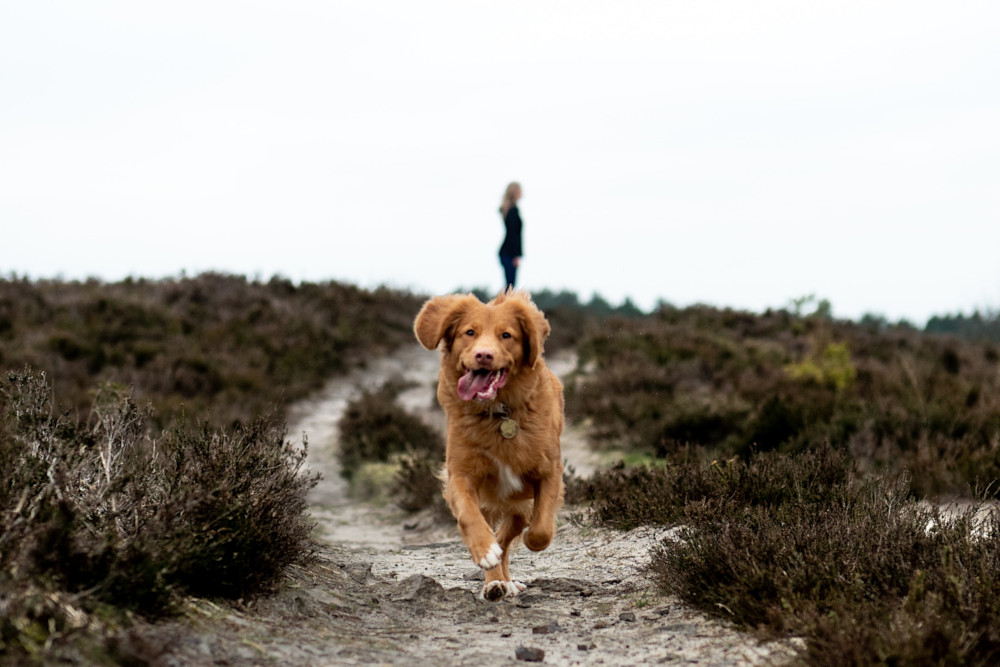
Basic Puppy Training: The Ultimate Guide 2023
Puppies are always learning, whether from their environment, from interacting with humans and other creatures, or from direct training.
This establishes a crucial basis that will pave the way for their maturity. Growing up and basic puppy training allow puppies to develop into self-assured adult dogs.
This step-by-step guide to puppy training will set you and your dog up for success!
Basic Puppy Training: When to Start
Training a puppy begins when you bring him or her home, typically at 8 weeks of age. They can learn fundamental puppy training cues such as sit, stay, and come at this age.
Here are Some Tips for Training a Puppy
Here are some basic puppy training tips to get you started.
Use Positive Reinforcement

You may have heard about or even observed a dog trainer employing various training techniques for puppies. However, there is only one training method supported by science, and that is the use of positive reinforcement.
Positive reinforcement is the process of rewarding desired behavior with a reward. Punishment, including harsh corrections, correcting devices such as shock, choke, and prong collars, and dominance-based management techniques, should be avoided because they can have long-term effects that result in various forms of fear and anxiety in your adult dog.
To utilize this, you must determine which rewards are most effective for your dog. Some puppies may find a piece of their regular kibble sufficient for training, while others may require something more enticing, such as a special reward.
Then there are the puppies who are utterly unmotivated by food! Try to locate a toy that these puppies enjoy that they can receive for performing well. A youngster can also be positively reinforced through praise. Petting or showing enthusiasm and exclaiming, “Good job!” may suffice for basic puppy training.
Keep Training Sessions Short
When training a basic cue, keep the sessions short, approximately 5 minutes each, and aim to spend 15 minutes daily on average. Puppies have brief attention spans, so conclude each session on a positive note to pique their interest for the next one.
Consistently Train Your Puppy
Consistency in your approach to cues and training is essential. Use the same word and hand signal when teaching your puppy fundamental commands like sit, stay, and come.
It is also essential to consistently reinforce desired behaviors, even when inconvenient. Therefore, if your puppy is at the door requesting to go outside to defecate, you should halt what you are doing, let them out, and reward them for using the outdoors.
Read: How to Train Your Dog Like a Professional
Practice in Different Environments

Taking a puppy to a fresh environment, such as a park or the beach, and requesting a cue differs significantly from training at home. This is because they will encounter a variety of novel sights and smells outside the home.
Try to practice in various environments so that your companion will be confident in any circumstance. Please remember that puppies should not enter dog-populated areas until they have completed their vaccination series.
Be Patient
Puppies develop and learn similarly to small children. They will commit errors and may not always comprehend your requests.
All puppies learn at different rates, so persist and avoid frustration. Maintaining a consistent schedule for feeding, elimination, rests, and playtime will make your puppy feel secure, and a secure puppy is eager to learn!
Basic Puppy Training Timeline
So, when should you teach your dog the various commands? When does house training start? Here is a training schedule for your puppy.
7-8 Weeks Old
Basic Training (Sit, Stay, Come)
You can start with basic cues as early as 7 weeks old:
- Say a cue such as “sit” once.
- Use a treat to position your dog in a sitting position.
- Once sitting, give your puppy the treat and some praise.
Leash Training
You can begin indoor tether training at this age. Because puppies don’t have their full vaccinations at this stage, it is unsafe to walk around where other dogs walk.
Start by allowing them to wear the collar/harness briefly while offering incentives. Slowly extend this duration. Once your puppy has learned to come to you, you can walk around the house on a leash with no other distractions. You can transfer the training outside after your puppy has received all its vaccinations.
General Handling
Become accustomed to touching your pet. While rewarding them, rub their ears and feet with care. This will help them become used to having these areas handled, making future veterinary visits and nail trimmings less stressful!
8-10 Weeks Old
Crate Training
Your puppy should view their crate as a tranquil and secure environment. While they are placid, please place them in their crate for 10-minute intervals. Reward the dog for entering its confinement. Even feeding them in their confinement can help create a positive environment.
10-12 Weeks Old
At this age, puppies become verbal. They explore the world by putting objects in their mouths, but you must teach them not to bite your hands or ankles. When they begin to bite you, redirect them to a more suitable object, such as a toy.
12-16 Weeks Old
Potty Training
Important for Potty training is maintaining a schedule. Make sure to take your puppy outside first thing in the morning, after meals, playtime, and rests. They should now have sufficient bladder control to learn how to contain their urine. Reward your puppy with a treat whenever they eliminate outside.
6 Months Old
At this age, puppies enter adolescence, the most difficult time to begin training. Therefore, it is essential to start training them as early as feasible! At this stage, you will continue training your dog in increasingly public and distracting environments, such as dog parks, to solidify and strengthen their skills.







